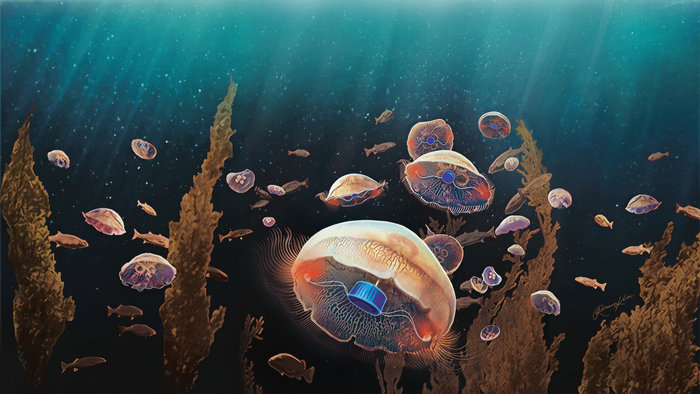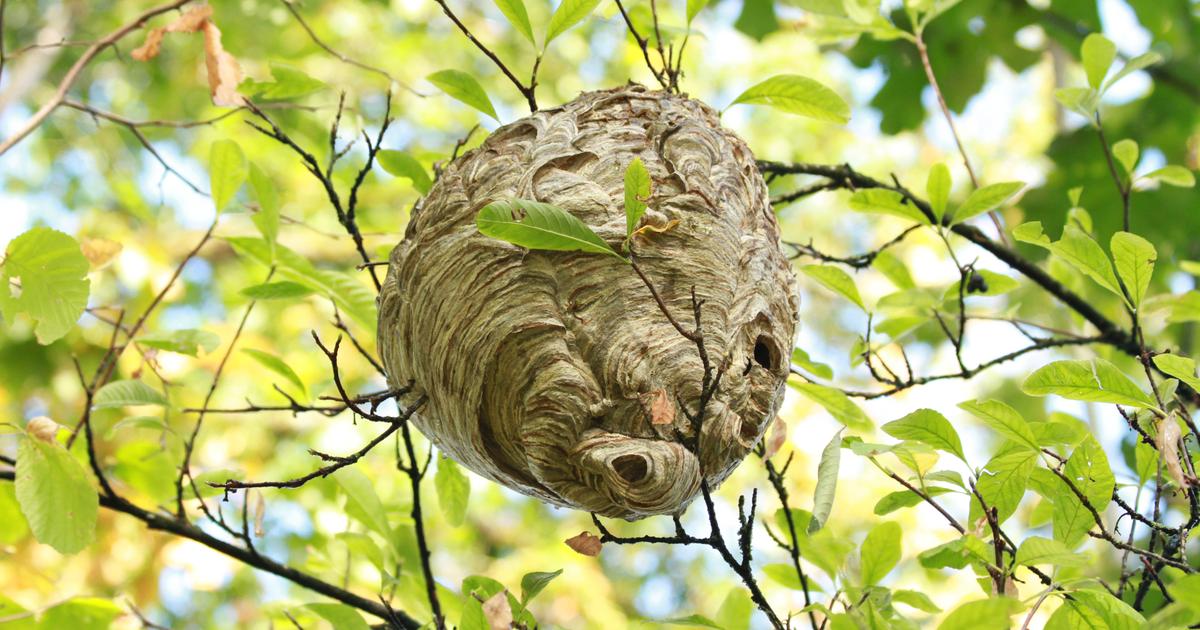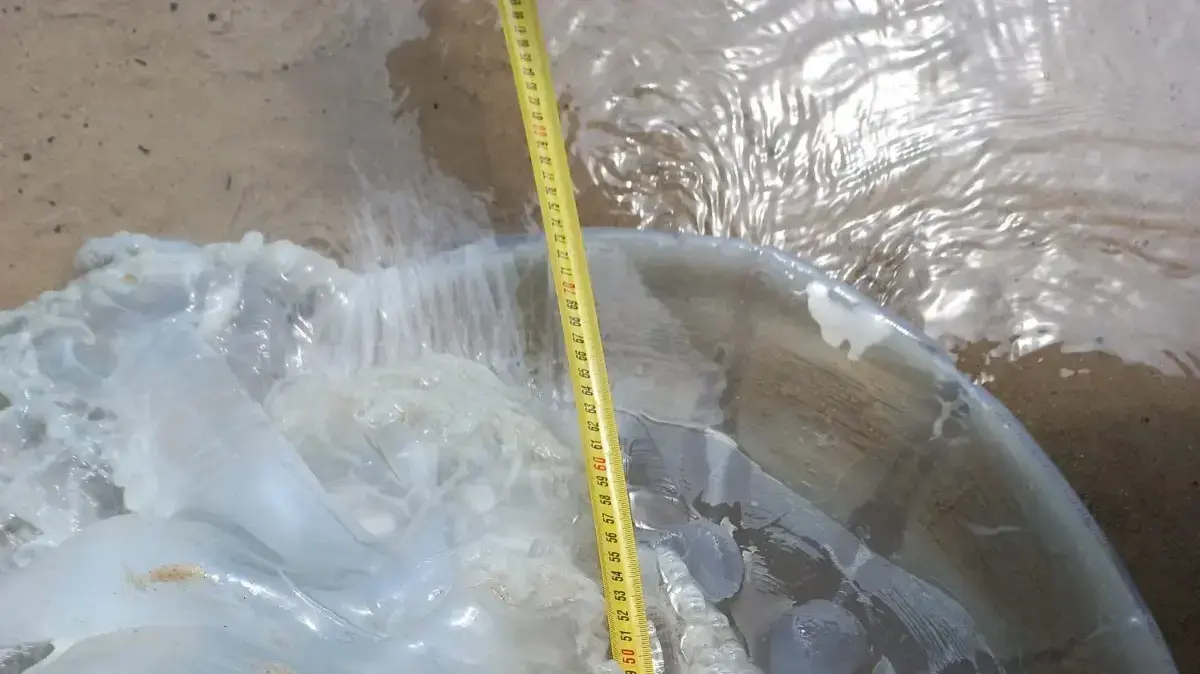Bees and wasps ashore. At sea, weever and jellyfish. Stings and bites are a typical trait of summer. In the city, but especially in the countryside, it can happen to be bitten by insects. But what happens after a sting? Usually the reaction, more or less painful, regresses on its own in a few days. In less than one out of ten cases, however, the reaction is more prominent and may require medical attention. Bees and wasps with stings can inject a dose of poison and the immune system, once stimulated, can cause an anaphylactic reaction with even fatal consequences.
What can be done? In Medical Facts, Giorgia Protti, specialist in internal medicine, explains that in the case of bees and wasps the sting and poisonous sacs can "remain attached to the skin". "In this case you have to remove them as soon as possible, taking care not to crush them so as not to favor the penetration of the poison," he says. The advice is to make a movement parallel to the skin, for example with a card like a credit card. For milder cases, an application of ice on the sting is suggested, or the use of painkillers or antihistamines. For the most serious cases, which have an affected skin area greater than 10 cm, "the therapy is substantially symptomatic, but it is possible to consider taking cortisone drugs for 3-5 days".
Worse is the situation of systemic anaphylactic reactions, with widespread urticaria, swelling of the mucous membranes, difficulty in breathing, nausea, vomiting, abdominal pain. "If you suspect this condition you have to act quickly, because the situation worsens quickly - he adds - If you have injectable adrenaline you must immediately administer it to the anterior-lateral muscles of the thigh. It is essential to seek medical help as soon as possible ».
At the sea, however, the sting of the weever is particularly painful: it hides under the sand, so it is easy for it to hit the feet. In this case, explains Mariangela Elefante, Fimmg doctor, also on Medical Facts, it is necessary "to remain calm, immerse the affected part in hot water for 30/90 minutes", with water at at least 45 degrees, "remove any thorns with forceps and not with bare hands and clean the wound well with water ». "Do-it-yourself remedies such as putting out cigarettes or urinating on the wound should be avoided," he continues. In the case of jellyfish stings, however, you have to get out of the water immediately and avoid scratching and rubbing the affected area. "The best measure is prevention," explains Protti. "It is a good idea to avoid touching the 'beached' jellyfish with your bare hands, he says, underlining how the 'traditionally used' chemical 'remedies" are "often imaginative: from vinegar to alcohol to urine." "Unfortunately - he explains - none of these compounds has been validated, also due to the understandable difficulty of carrying out clinical studies in such circumstances".







